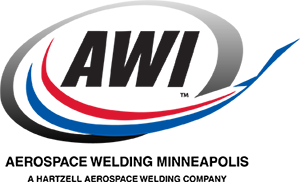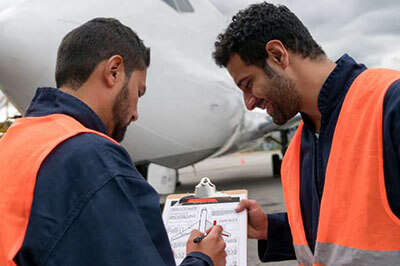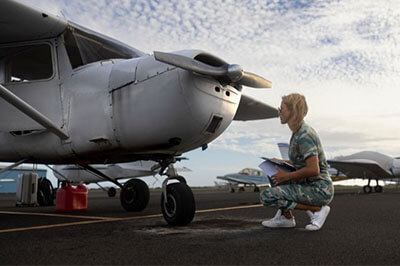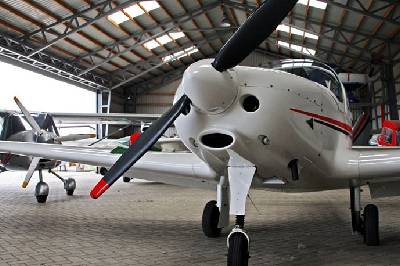
This is the second of several articles in a series discussing the various types of pilot certifications. Each type of pilot certificate has different eligibility, training, experience, and testing requirements. Certificates sometimes have privileges and limitations under 14 CFR part 61 and part 91.
According to the Pilot’s Handbook of Aeronautical Knowledge:
- Privileges—define where and when the pilot may fly, with whom they may fly, the purpose of the flight, and the type of aircraft they are allowed to fly.
- Limitations—the FAA may impose limitations on a pilot certificate if, during training or the practical test, the pilot does not demonstrate all skills necessary to exercise all privileges of a privilege level, category, class, or type rating.
Endorsements are a form of written authorization that show the certificate holder has received training in specific skill areas, such as aircraft type. Endorsements are typically written and signed by a certified flight instructor (CFI) or check airman.
Recreational Pilot
To become a recreational pilot, one has to be at least 17 years of age, be able to read, write, speak, and understand English, gain and meet the aeronautical experience requirements in either a single-engine airplane, helicopter, or gyroplane, and obtain a logbook endorsement from an instructor. One must also pass the required knowledge and practical tests, as well as obtain a third-class medical certificate issued under 14 CFR part 67.
ThePilot’s Handbook of Aeronautical Knowledge states that as a recreational pilot, the minimum aeronautical experience requirements for a recreational pilot are:
- 30 hours of flight time including at least:
- 15 hours of dual instruction
- 2 hours of en route training
- 3 hours in preparation for the practical test
- 3 hours of solo flight
Privileges
An individual with a recreational pilot certificate may not carry more than one passenger, and may not pay less than the pro rata share of the operating expenses of a flight with a passenger. Those expenses are limited to the cost of fuel, oil, airport expenses, and aircraft rental fees.
Limitations
A recreational pilot may not act as PIC of an aircraft that can carry more than four occupants, or that has more than one source of power.
Written by Engine Sales Representative, Joshua Denton
*SHOP ENGINE PARTS HERE!*
Find What You Need at Air Power Inc.!
Questions? Our team is ready to assist you anytime. Your aviation success starts at Air Power!
CONTACT US
SHOP AIRCRAFT PARTS TODAY:
You May Also Like









